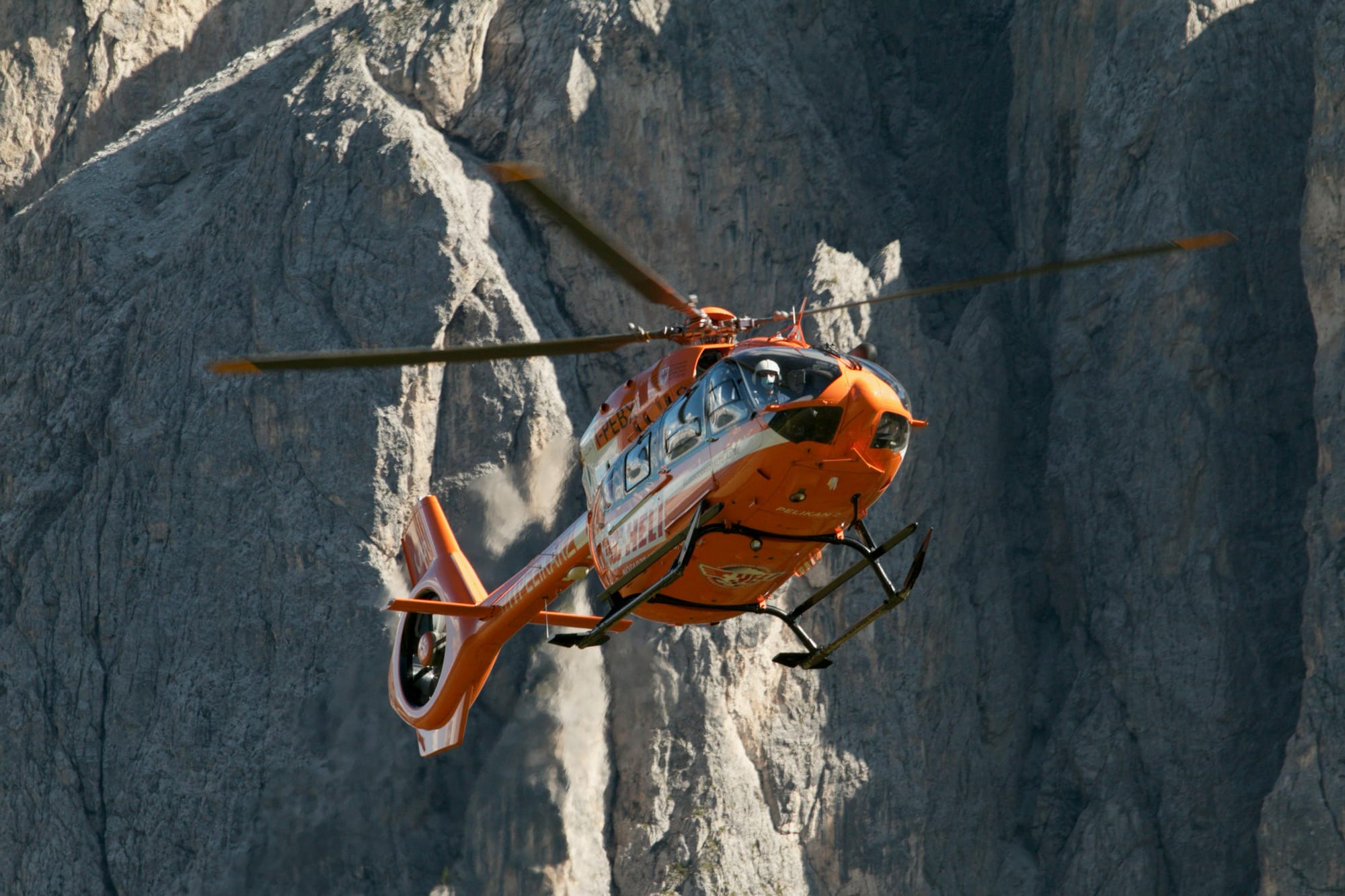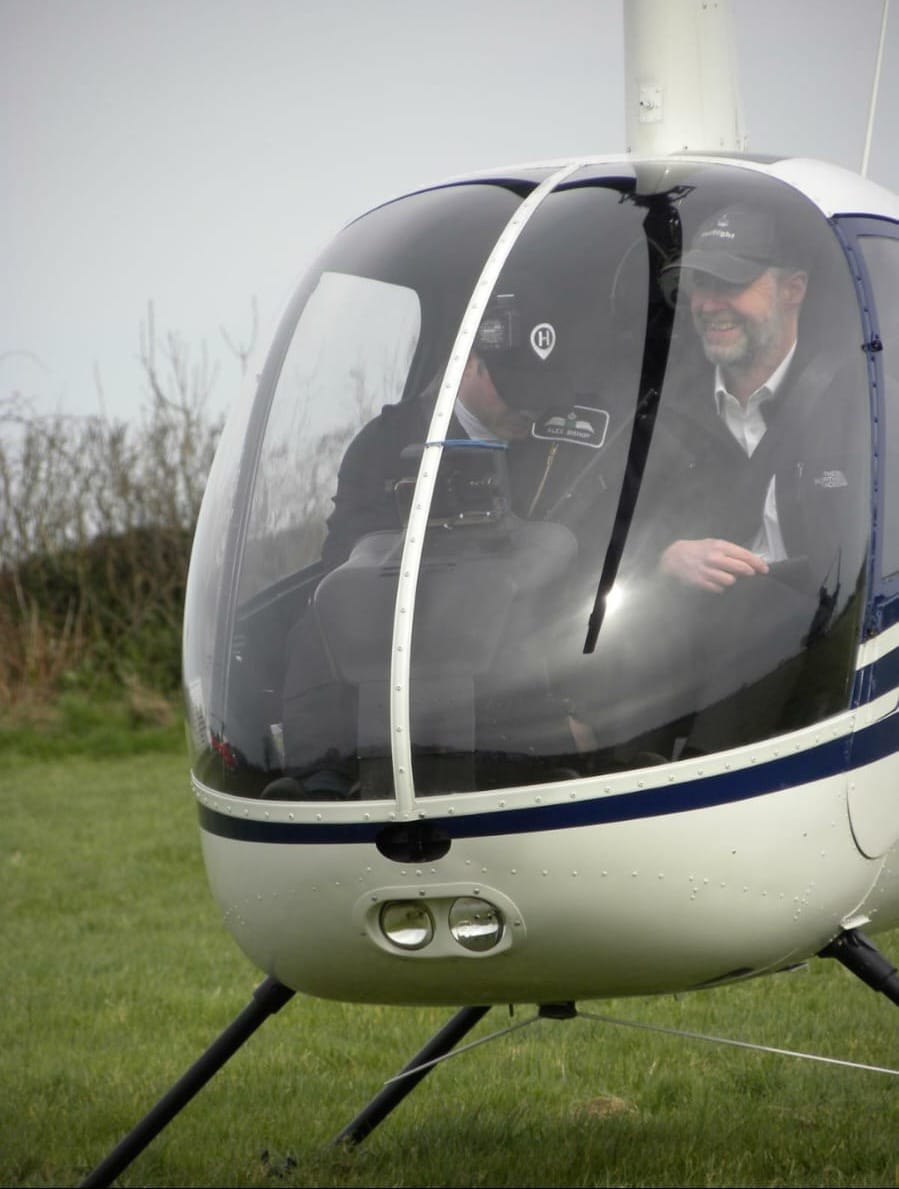You can be a safer, better helicopter pilot.

Welcome to The Helicopter Safety Project
The Helicopter Safety Project produces evidence-based articles that deliver actionable lessons to help you become a safer, better helicopter pilot.
Managing the risk of helicopter flight requires us to recognise the threats it poses and the errors pilots are prone to make.
However, the threats and pilot errors identified in the numerous helicopter accident investigations are not readily accessible to the people who need them most: the pilots.
The Helicopter Safety Project will bridge this gap by:
- Reviewing hundreds of Air Accident Investigation Reports, particularly those involving Robinson R22 and R44 helicopters.
- Categorising the accidents by stage of flight/flight preparation or by in-flight occurrence.
- Publishing articles that include:
- Concise accident summaries
- Analysis of the causal and contributing pilot errors
- Actionable lessons in anticipating and avoiding those errors
Helping helicopter pilots – whether students, instructors, or experienced professionals – identify threats and anticipate accident-causing errors to avoid repeating them.
Strapped in?
We’re about to use sensitive controls to move exposed and vulnerable fast moving rotors driven by at least one powerful engine to carry out numerous and varied flight manoeuvres in an inherently unstable aircraft. And we might do this in risky, uncontrolled and sometimes extreme surroundings. We might fly near buildings, trees, fuel bowsers, other aircraft, ship superstructures, cliffs and people. And often in unknown and changing wind, poor visibility and in ‘thin’ air. And such is the dynamic energy and control sensitivity of the helicopter, before we even try to take off it can destroy itself… if we let it.

Fantastic isn’t it? No wonder people get hooked.
Helicopter flight is a beautiful thing but it‘s difficult and, compared with our day to day, it’s risky. Very quickly things can go badly wrong. Absurdly dramatic and life-threatening outcomes can result from a moment of inattention, from the kind of mistake that would during most activities have little or no consequence. We owe it to ourselves, to those we fly with and to those we fly near to be the best and safest pilot we can be.
But as Helicopter Pilots we have a problem
Humans learn most effectively when operating at the edge of their ability and making errors (1-3). In doing so we learn to avoid making these and related errors again.
This is a problem for helicopter pilots as we operate in a high stakes environment. We don’t have the luxury of our errors always being consequence-free or of low consequence. A notable proportion of them – whether they concern flight preparation and planning, handling, cockpit management or attentional focus – can result in catastrophe.
The result: We can’t safely make the errors we need to make to be the best pilot we could be.
How The Helicopter Safety Project can help
To overcome this limitation we need to learn to avoid errors, not by making them but by anticipating them. But how do we do that? How can we foresee the countless errors and combinations of errors that we can make and that can complete an accident chain? For this we must draw on the experience of many other pilots over many years and learn from their errors.
How do we avoid accidents if we can’t see them coming?
The information we need lies within the Air Accidents Investigation Reports (AIRs) covering helicopter accidents. Each report is expert and exists to prevent repetition. But the huge number of them and lack of deep categorisation is a problem. It means the evidence of many errors remains scattered and types of error and their impact go unrecognised by the pilot community. Various aviation safety organisations can tell us the proportion of accidents that occurred, for example, during take-off to the hover or involved, say, a procedural error. But that’s where the analysis stops. It’s of little use to the individual helicopter pilot. We need to delve deeper to understand when accidents are likely to happen and how to avoid them. But how do we find AIRs describing accidents in a particular phase of flight or of flight preparation? Are there many similar ones? What are the details of each and what lessons we can learn to avoid repeating them? The information is there, across the AIRs, it just needs to be brought together. Valuable lessons are being lost.
The primary goal of The Helicopter Safety Project is to reveal these lessons and so make the full value of air accident investigation reports practically accessible.
How will The Helicopter Safety Project do this?
For the Project I’ve reviewed hundreds of AIRs involving the operation of Robinson R22 and R44 helicopters during training, recreational flying, utility work and passenger transport. I’ve categorised the accidents described in these reports by stage of flight/flight preparation or by in-flight occurrence. I’ve then identified multiple types of error leading to a particular category of accident. This has uncovered multiple lessons we can learn to avoid making the errors ourselves.
Summaries of AIRs and the lessons from them are presented in an Article. Each one covers a particular category – preflight checks, pedal control during run-up, take-off to the hover, and so on.
This means that anyone wanting to be a safer, better pilot no longer has to wade through tens or even hundreds of reports if they want to know some basic safety information on a particular stage of flight or type of accident. For example, what errors they might make when fuelling the helicopter for flight, or how they might mishandle the controls during start and run-up and so “crash” before even attempting to take-off.
And beyond learning to avoid specific accidents I would argue that this ‘deep dive’ into accident investigation reports also gives an improved general sense of the nature of accident-causing errors – a better awareness of the kind of circumstances and actions/inactions that can combine to trip a pilot up. This in itself can help with error avoidance.
The articles will combine to form a comprehensive evidence-based guide on how to avoid making errors when piloting a helicopter: A zero-stakes way of achieving a deep understanding of flight risk and becoming a better pilot.
Let’s stop making the errors other pilots have already made. Let’s stop repeating accidents.
Who will benefit from the articles?
Anyone who flies helicopters and wants to do it well. Whether you’re a student pilot early in training, an experienced commercial/utility pilot and instructor or something in between you’ll learn from the article's content.
Remember, having 10,000 hours does not assure you against error. We error because we are human. Experienced pilots make errors. Excellent pilots make errors. Experienced excellent pilots make errors.
Other than the occasional reference to other helicopter types, the accidents covered in the articles occurred in either Robinson R22 or Robinson R44 helicopters. If you fly one or both of these aircraft then all of the content is relevant to you. Even so, by their nature many of the accident reports and lessons learnt from them are useful for pilots of other helicopter types.
About me
The Helicopter Safety Project is an independent publication researched and written by me, Doug Elder. I’ve spent many years as a PhD research scientist, in cancer biology, and have a little more than 1200 hours flight time split between the Robinson R22 and R44 and the Bell 206 (Jet Ranger). Most of these hours have been flown in the UK working as a pilot instructor with some passenger transport thrown in.

Why am I producing the Helicopter Safety Project?
Throughout my experience of aviation I’ve been frustrated by the lack of practically useful information easily accessible to pilots. The kind you benefit from when preparing to fly and when flying the helicopter. In scientific research it is common practice to review large amounts of information and to put it in an accessible form useful for others in the field. I guess I’ve always looked for the equivalents in aviation, particularly given the potential gravity of a lack of information flow.
In a crowded field the abundance of air accident investigation reports stand out as containing information that should be made more accessible.
At least when it comes to benefiting pilots of light helicopters, this vast resource is doing little more than gathering dust on the digital shelf. The task is to uncover the safety lessons presented within the thousands of reports.
I’ve stopped flying professionally for what these days would be called lifestyle reasons. And this means that as well as the inclination and research background I have the time to at least make a dent in this task. Hopefully in doing so I’ll help us avoid making the errors other pilots have already.
References
1) Metcalfe J. Learning from Errors. Annual Review of Psychology 68: 465-489. 2017. https://doi.org/10.1146/annurev-psych-010416-044022
2) Wilson RC, Shenhav A, Straccia M. et al. The Eighty Five Percent Rule for optimal learning. Nat Communications 10: 1-9. 2019. https://doi.org/10.1038/s41467-019-12552-4
3) Huberman Lab. How to learn faster by using failures, movement & balance. Essentials. December 26th 2024. https://www.hubermanlab.com/episode/essentials-how-to-learn-faster-by-using-failures-movement-balance